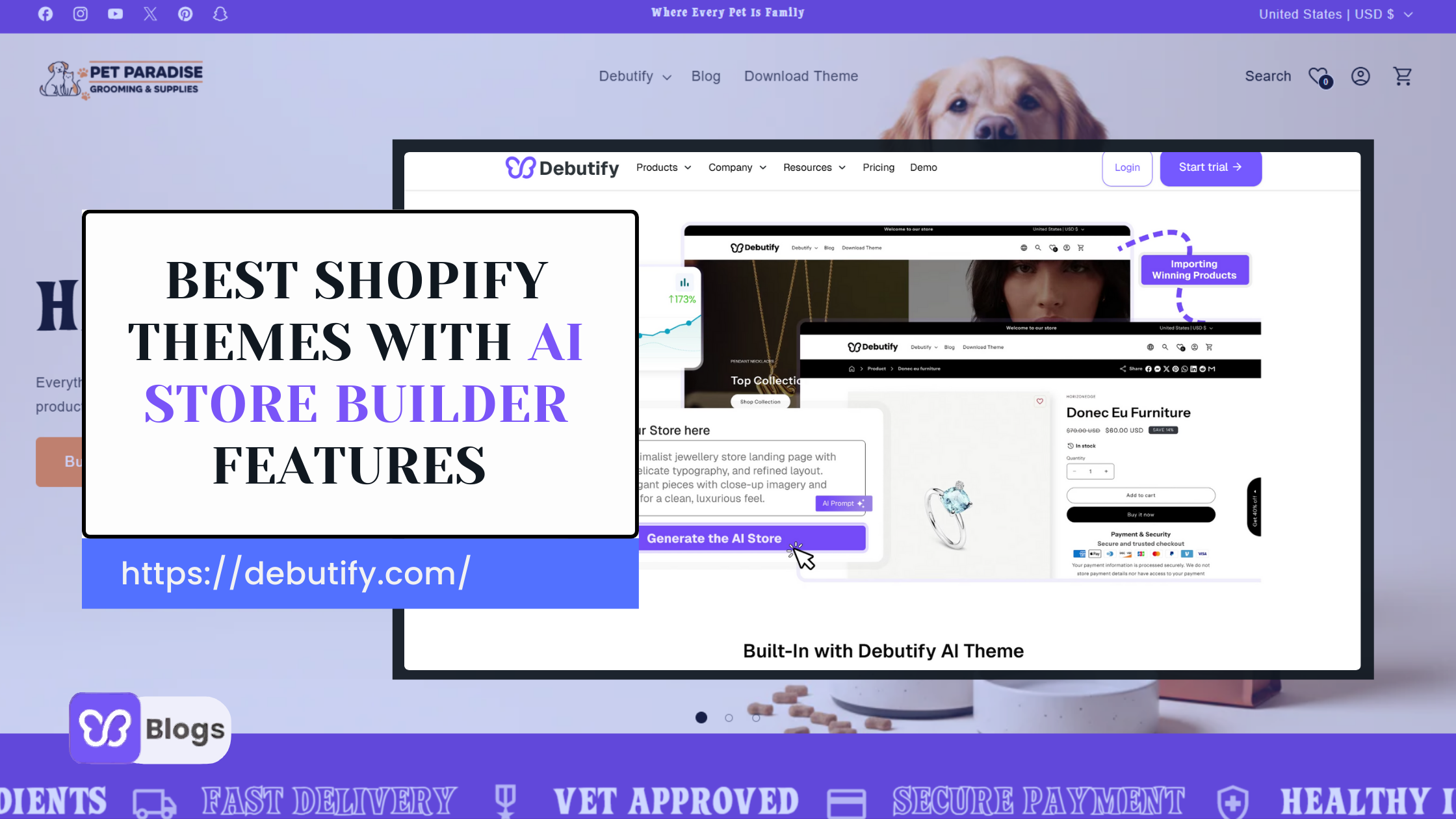Tips for Conducting Research and Due Diligence on Potential Suppliers
1. Online Research: Utilize online platforms, directories, and industry databases to identify potential suppliers and gather information about their reputation and capabilities.
2. Supplier Audits: Conduct on-site visits or audits to assess facilities, production processes, quality control measures, and adherence to ethical standards.
3. References and Reviews: Seek references from other businesses that have worked with the supplier and look for reviews or testimonials to gauge their reliability and performance.
4. Certifications and Compliance: Verify certifications, compliance with quality standards, ethical practices, and any relevant industry regulations.
5. Financial Stability: Assess the financial stability of the supplier to ensure they can meet your production requirements and sustain a long-term partnership.
Communication Strategies for Working with China Clothing Suppliers Effectively
1. Cultural Understanding: Familiarize yourself with Chinese business culture, etiquette, and communication norms to build rapport with suppliers.
2. Clear Specifications: Provide detailed and clear product specifications, including quality standards, materials, sizing, and packaging requirements.
3. Regular Communication: Maintain regular communication with suppliers to address any issues promptly, provide feedback, and ensure alignment on production timelines.
4. Language Support: Use translators or hire bilingual staff to facilitate smooth communication, or consider using translation tools for written correspondence.
5. Negotiation Skills: Develop negotiation skills to navigate pricing discussions, terms, and conditions effectively while maintaining a collaborative relationship with the supplier.
Managing Logistics, Shipping, and Quality Control When Sourcing from China
1. Logistics Planning: Plan logistics carefully, considering factors like lead times, shipping methods, customs requirements, and potential delays.
2. Shipping Options: Evaluate different shipping options (air, sea, rail) based on cost, speed, and the nature of your products.
3. Quality Control: Implement quality control measures throughout the production process, including pre-production inspections, in-process checks, and final product inspections.
4. Third-Party Inspections: Consider hiring third-party inspection services to ensure product quality meets your standards before shipment.
5. Documentation Compliance: Ensure all necessary documentation, such as customs forms, invoices, and certificates, is to facilitate smooth customs clearance and delivery.
By following these tips for conducting research, effective communication, and managing logistics and quality control, you can navigate the sourcing process from China successfully, minimize risks, and build strong partnerships with suppliers.







